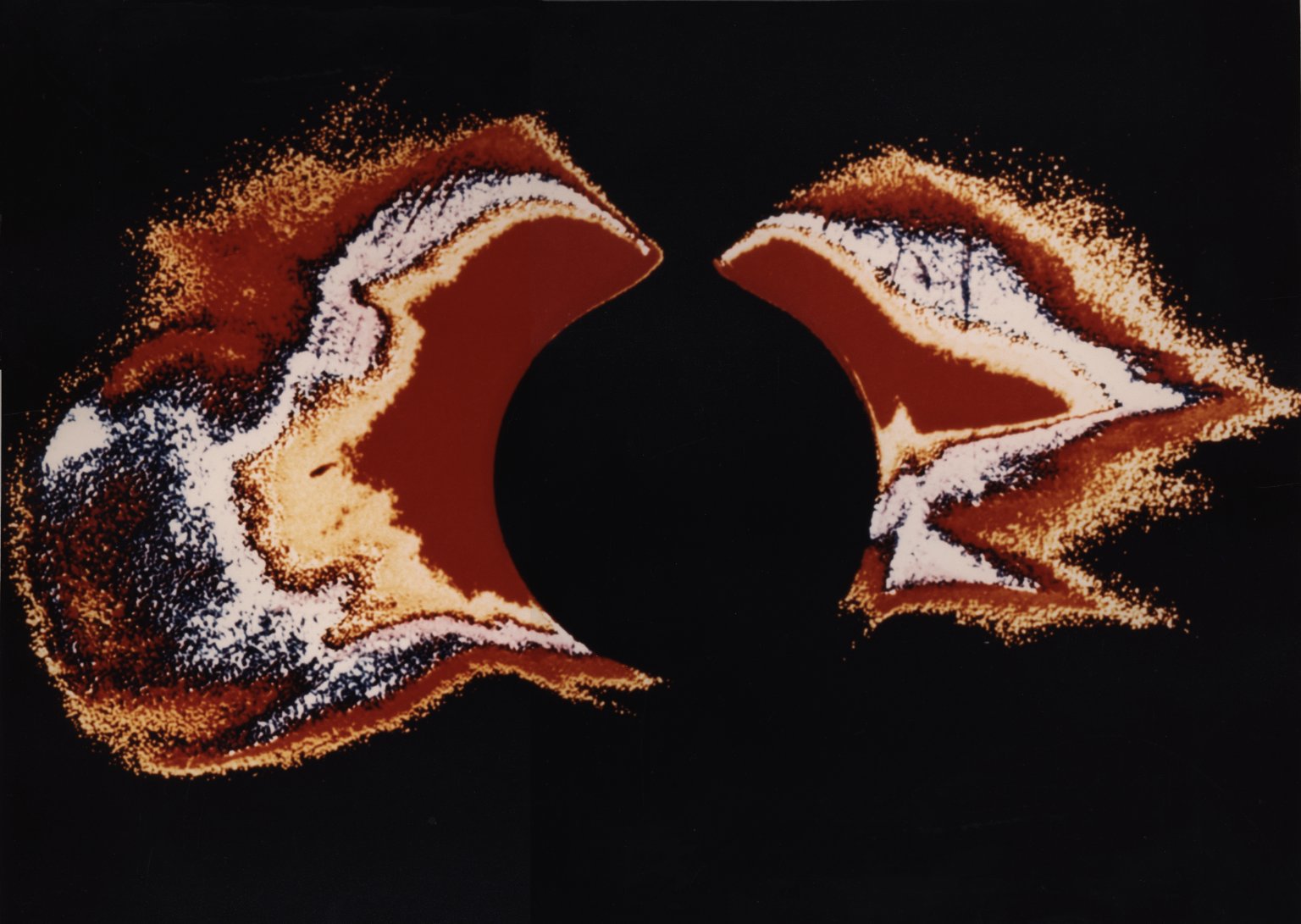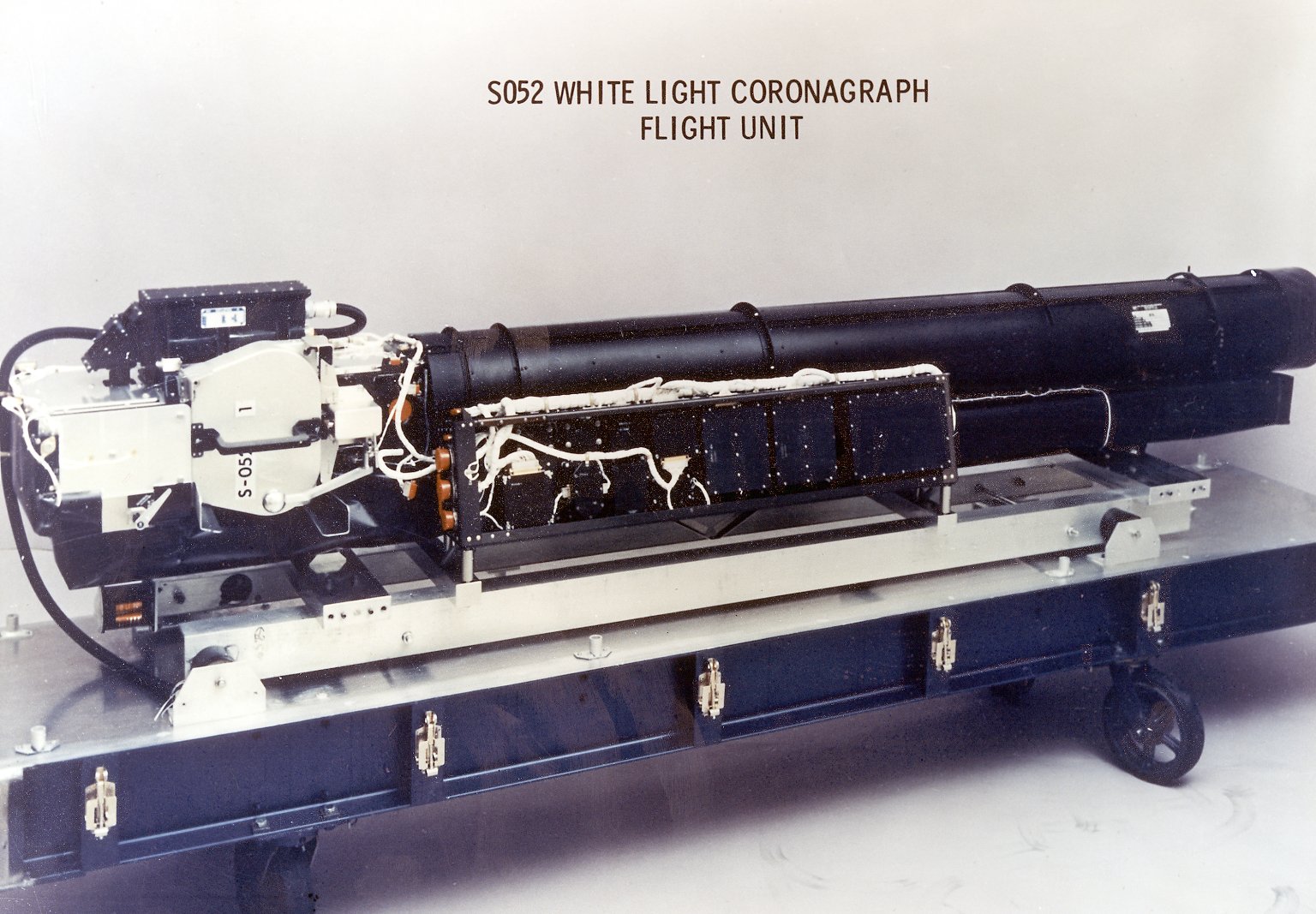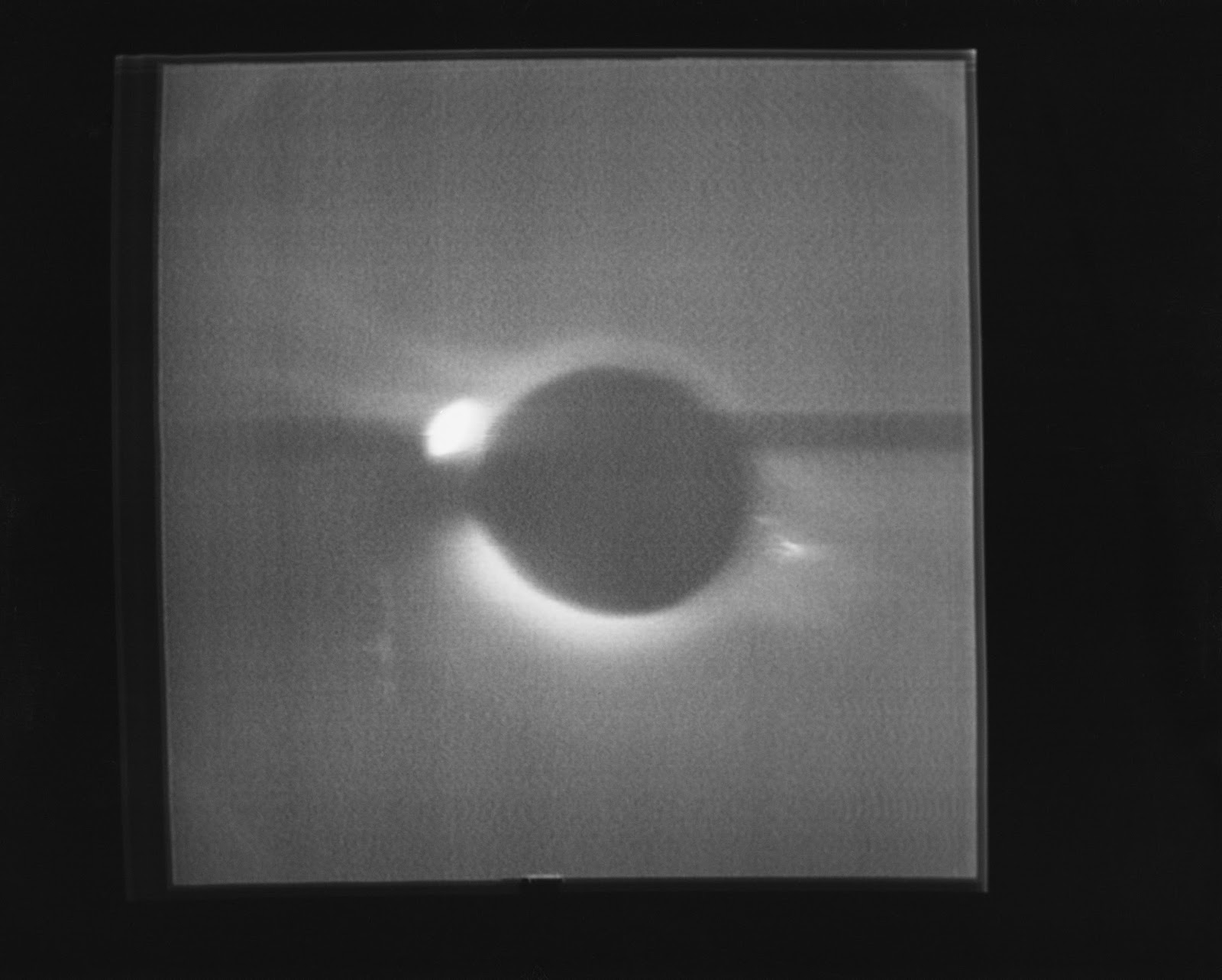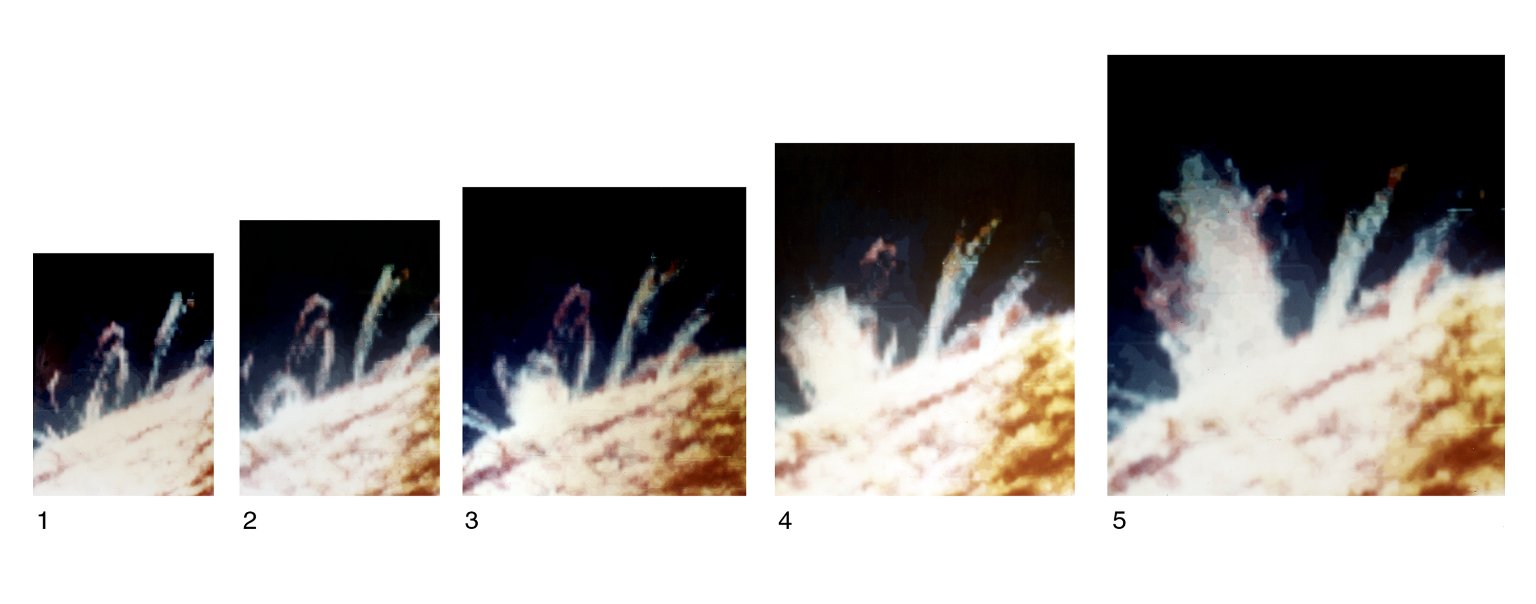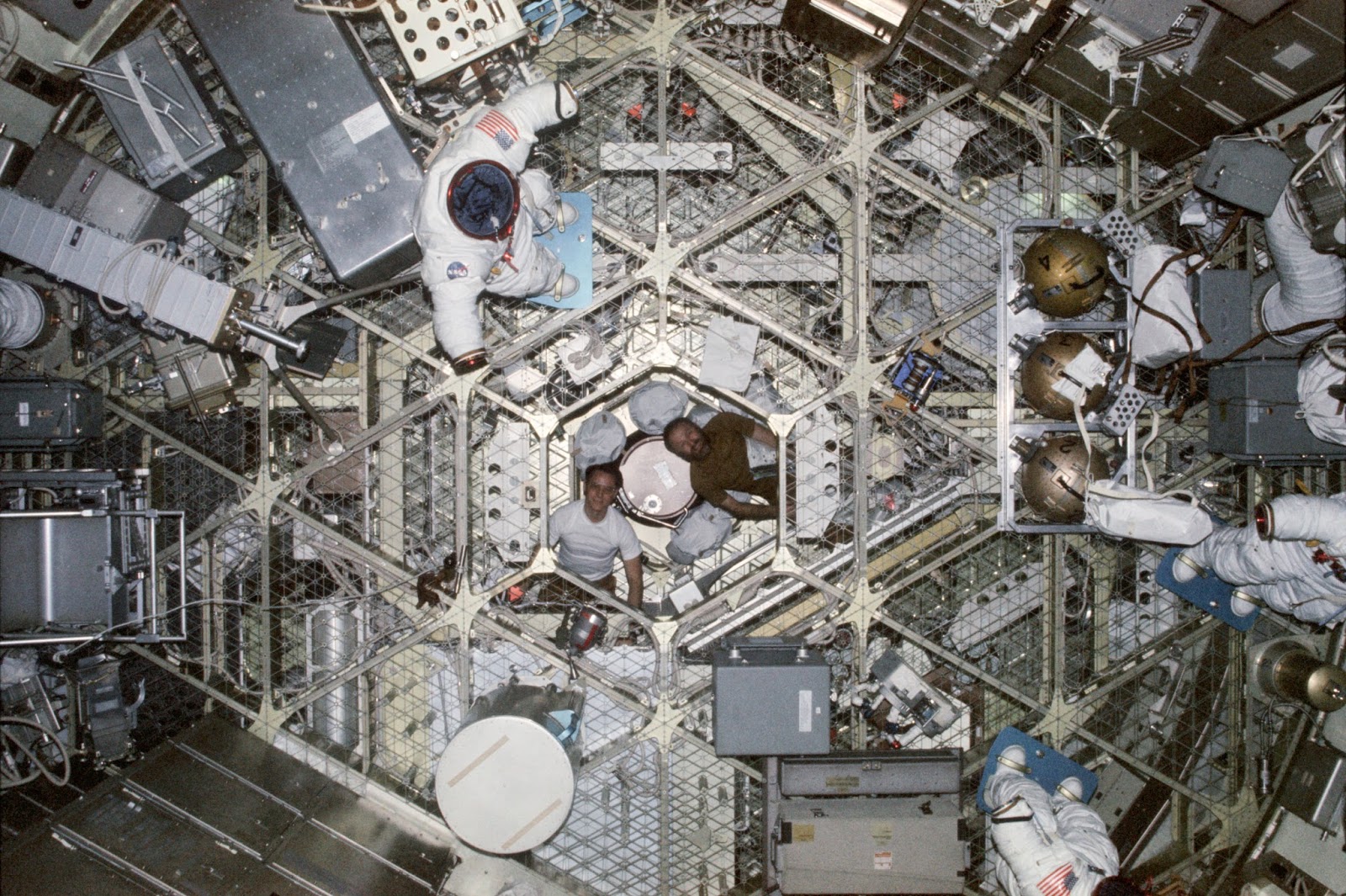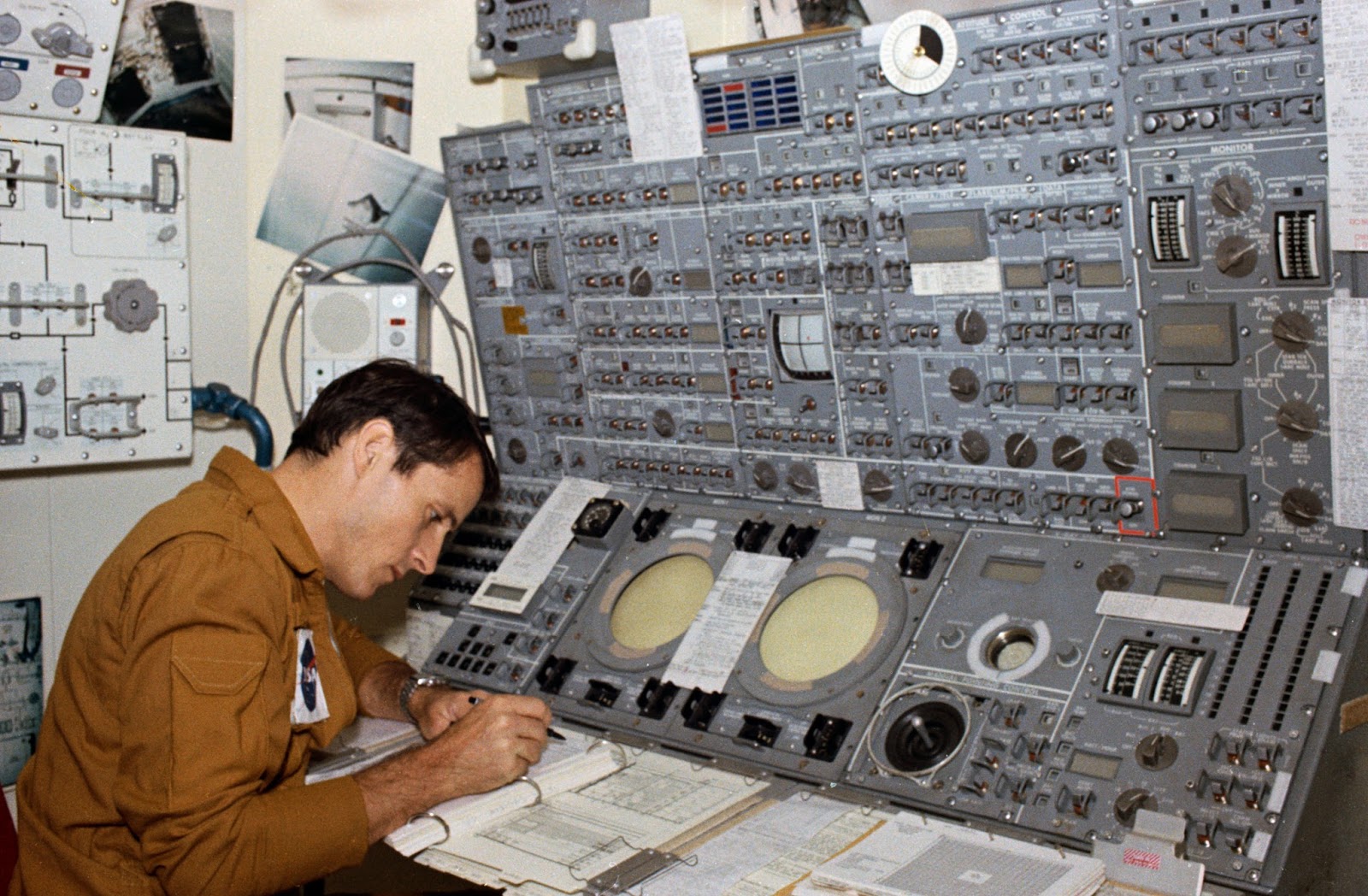DID YOU KNOW: Skylab boasted a white light coronagraph in its suite of eight Apollo Telescope Mount (ATM) experiments which allowed its astronauts to photograph incredible simulated eclipses? On the eve of tomorrow’s solar eclipse, let’s revisit this little-hyped, long-forgotten cool Skylab feature.
According to the 1979 NASA publication A New Sun, “The white light coronagraph provided high resolution photographs of the corona in the visible region of the electromagnetic spectrum. To block out direct sunlight and reduce diffracted light to an acceptable level, three external occulting disks were employed. This allowed observations of the outer corona from 1.5 solar radii to a distance of 6 solar radii from the center of the Sun. The optical elements of the instrument also performed the function of variable vignetting, which enhanced faint outer corona detail and suppressed blooming in the bright inner corona. A precise brightness calibration of the data was obtained by imaging direct sunlight through an 18 step wedge filter. A TV camera in the instrument provided real-time pictures of the occulted Sun to the astronauts at the control console.”
Thanks to this instrument, solar experts in space (Dr. Ed Gibson, Skylab 4 crew member, is a solar physicist by trade) and on Earth enjoyed spectacular images of the Sun’s outer ring of fire. This wouldn’t be the first (or last) time a spacecraft imaged or attempted to image an eclipse, simulated or otherwise. In July 1975, the U.S. Apollo spacecraft attempted to block out the Sun while being photographed by their Soviet counterparts during the Apollo-Soyuz Test Project mission. However, this attempt to create an artificial eclipse had mixed results, as the Apollo spacecraft’s thrusters in action disrupted the distribution of sunlight.
This Space Available hopes you enjoy tomorrow’s eclipse safely and responsibly tomorrow! As for now, enjoy this walk down Skylab memory lane…
Emily Carney is a writer, space enthusiast, and creator of the This Space Available space blog, published since 2010. In January 2019, Emily’s This Space Available blog was incorporated into the National Space Society’s blog. The content of Emily’s blog can be accessed via the This Space Available blog category.
Note: The views expressed in This Space Available are those of the author and should not be considered as representing the positions or views of the National Space Society.

